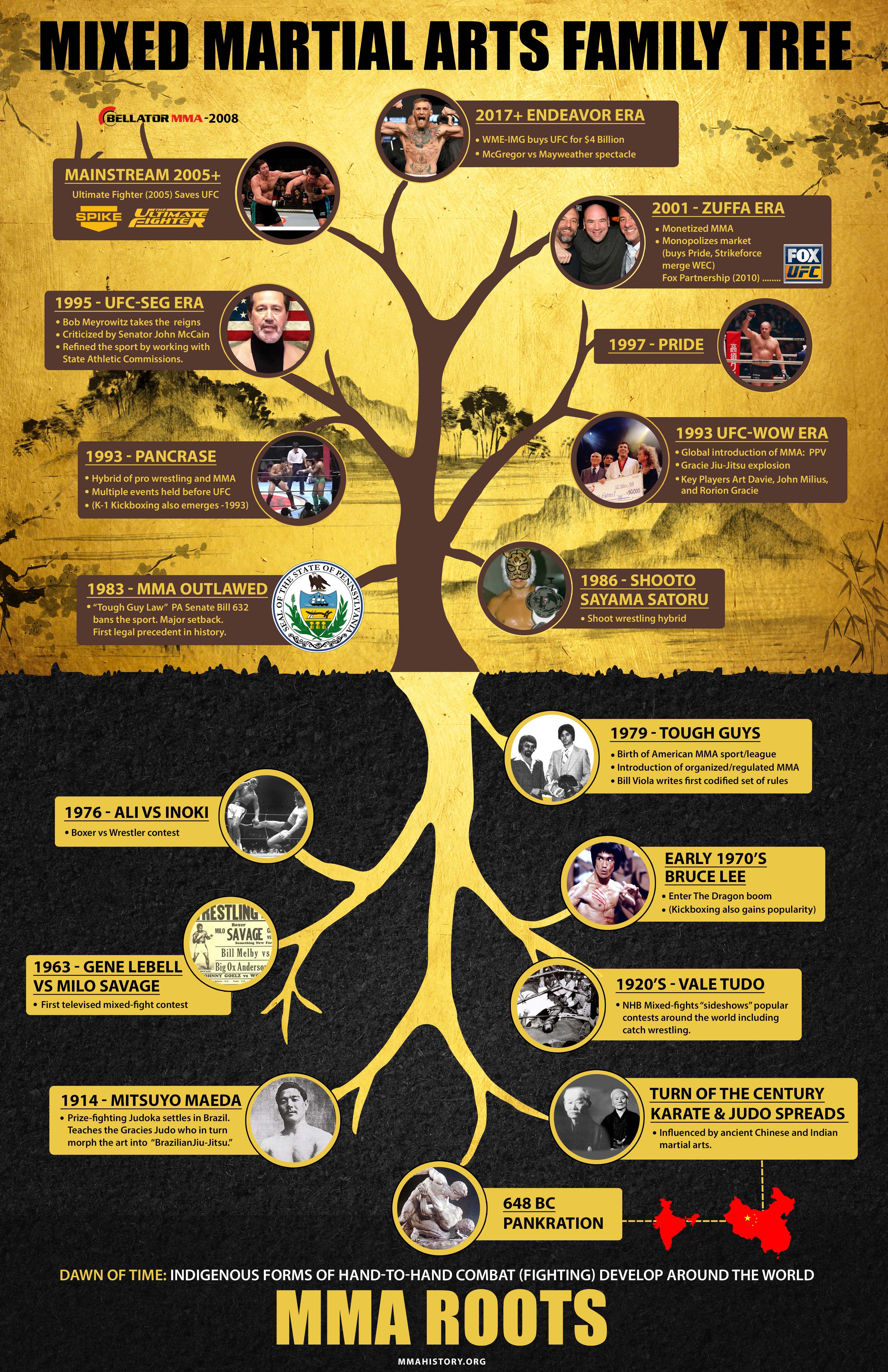The History And Approach Of Martial Arts: A Deep Dive
The History And Approach Of Martial Arts: A Deep Dive
Blog Article
Short Article Author-Moesgaard Stokes
Step into the old world where martial arts were born out of necessity in diverse regions. Cultures crafted special combating designs linked with historic contexts. Strategies developed over centuries with devoted technique and cultural exchanges. Today, contemporary martial arts blend typical aspects for optimal effectiveness. Philosophically, martial arts highlight discipline, self-improvement, and consistency. Regard, humbleness, and balance are foundational concepts leading professionals in the direction of growth and durability. Discover the midsts of this abundant background and ideology to discover the extensive influences shaping this enduring discipline.
Beginnings of Martial Arts
Fighting style originated in various regions worldwide, advancing as practical fight systems to defend against dangers. These old fighting designs were created out of requirement, with each society crafting techniques fit to their special atmospheres and challenges. From just click the up coming web site grappling arts of Jujutsu in Japan to the striking strategies of Martial art in China, martial arts were deeply intertwined with the historical, social, and cultural textile of their corresponding cultures.
In Japan, the samurai class refined martial arts like Kenjutsu, the art of the sword, which later progressed into the more popularized kind of Kendo. On the other hand, in Brazil, Capoeira emerged as a mix of dancing and combat, developed by enslaved Africans as a means to withstand oppression. Each fighting style lugs with it a rich history and viewpoint, showing the values and ideas of individuals that practiced them.
As you delve into the beginnings of martial arts, you discover a tapestry of human resourcefulness, resilience, and the stubborn spirit of warriors throughout time.
Evolution of Methods
Through centuries of technique and refinement, fight strategies within different martial arts have undertaken a profound evolution. From ancient designs like Martial art and Karate to a lot more modern-day disciplines such as Brazilian Jiu-Jitsu and Krav Maga, the evolution of techniques has been driven by a mix of cultural influences, practical applications, and technological advancements.
One substantial element of this development is the cross-pollination of techniques in between various martial arts. For instance, techniques from traditional Japanese Jiu-Jitsu were incorporated right into the development of Judo by Jigoro Kano in the late 19th century. This mixing of designs has caused the development of crossbreed martial arts like Mixed Martial Arts (MMA), which combine aspects of striking, grappling, and entry methods.
Moreover, the evolution of techniques has actually been shaped by the boosting focus on performance and performance in combat. Specialists have continuously sought to improve their methods via strenuous training, testing, and competitors, bring about the development of very specialized and reliable fighting styles. In https://martialartsgloveskids99987.blogacep.com/36337831/identifying-martial-arts-from-self-defense-an-understanding-into-their-core-distinctions , the advancement of strategies in martial arts mirrors the dynamic nature of combat and the continuous quest for improvement and advancement.
Philosophical Structures
Exploring the underlying philosophical concepts of martial arts offers insight right into their core worths and assisting beliefs. At the heart of lots of martial arts self-controls is the concept of discipline itself. By educating your mind and body to serve as one cohesive device, you cultivate discipline that prolongs beyond the dojo or health club into daily life. This self-control incorporates regard, humility, and self-discipline, shaping not simply your physical capacities yet likewise your character.
An additional basic philosophical structure in martial arts is the concept of continual self-improvement. The trip of understanding a martial art is never-ending, with practitioners regularly aiming to better themselves, both physically and mentally. This focus on growth promotes strength, willpower, and a development attitude that can be applied to all facets of life.
Additionally, martial arts highlight the importance of harmony and equilibrium. Methods are developed to make use of an opponent's power against them, highlighting the concept of generating and rerouting force instead of satisfying it head-on. This philosophy encompasses interpersonal connections, advertising calm resolutions and mutual understanding. By embracing these thoughtful structures, martial musicians not just enhance their fight abilities however likewise grow a way of life fixated personal growth, respect, and harmony.
Final thought
In conclusion, the background and viewpoint of martial arts offer a rich tapestry of tradition, discipline, and self-improvement.
Consider example the story of Bruce Lee, who changed martial arts by blending different designs and philosophies to develop his very own unique kind of Jeet Kune Do.
With commitment and technology, martial artists remain to push limits and inspire others to reach their full capacity both in fight and in life.
